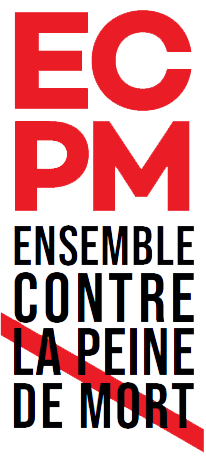Content
Let’s say Dave needed to obtain a business loan to meet a short-term lack of cash. A cash flow projection can help prove to the lender that Dave will be able to repay the loan. Dave can also use the cash flow projection to highlight and identify times of year when cash flow might be a problem and adjust his cash reserves accordingly through savings. Finally, seeing which expenses have the most effect on cash flow can motivate Dave to explore ways of reducing these bills or at least altering the timing of them to smooth out his cash flow situation. But it all starts with having an up-to-date cash flow statement and creating a cash flow forecast. Let’s have a look at how to calculate cash flow and how to make a cash flow projection.
This can be tackled by having a centralized and automated system in place that automatically collects the right data from all source systems. One of the core objectives of cash forecasting is making sure there is enough cash in the future to be able to pay short-term obligations to creditors and suppliers. Determining what https://www.bookstime.com/articles/cash-flow-projection to do next is a decisive moment for business success. Strategic decisions need to be planned thoroughly, and the decision-makers must ensure business continuity and future growth. However, strategic decision-making is often hindered by a lack of financial visibility into the future, slowing down the whole company.
Tips and Tricks for Creating Cash Flow Projections
Here, we’ll focus on how to create a 12-month forecast for your business—but the same principles apply whether you’re doing a 12-month forecast, a 13-week projection, or a mixed-period one. According to QuickBooks, 59% of small business owners admit to making poor business decisions due to cash flow concerns. By measuring financial performance regularly, you’ll know ahead of time whether you’ll have enough cash to cover your expenses. Ultimately, projections are the best tool to help you prepare for the future. We know planning 12 months into the future is daunting, but you can always find more support here.
While you may not be able to prevent the shortage, knowing that it’s coming can help you manage it better. Once you know how to create a cash flow projection, you’ll find plenty of benefits to measure future performance this way. Once that’s done, you can calculate your projected cash flow for next month or the next 12 months.
Cash forecasting limitations
As mentioned previously, if you predict a few months of surplus followed by a couple of months of deficit – you’ll have an idea of how much surplus to save to see the business through. In essence, a cash forecast is a financial roadmap for the months ahead, allowing you to optimise decision making for when to save, when to borrow, and when to spend. Perhaps you underestimated the impact seasonality would have on your bottom line, or maybe a greater percentage of customers paid late compared to previous years. Fixed expenses are ones that generally stay the same from month to month. Even the most profitable businesses run out of cash if it’s not managed properly. That’s true, and it’s good to have a solid grasp on that, but looking at cash flow on its own only presents a picture of the here and now.
- Remember, if this number is positive, it indicates that you’re making more money than you’re spending.
- When you do, this simple but valuable tool can help you keep an eye on cash and ensure you don’t compromise growth or put your business in jeopardy.
- If you’d like to determine your closing balance for the cash flow period, simply add your cash flow amount to the opening balance.
- In this example, your monthly expenses would include rent of $1,100, utilities that average $250 a month, a part-time employee, whose salary is $2,000 monthly, and insurance of $150 a month.
- Some of these variable expenses can be reduced by re-negotiating a contract or making slight adjustments to the budget.
- Users of these templates must determine what information is necessary and needed to accomplish their objectives.
Cash flow forecasts also allow you to predict which months will see strong positive cash flow and plan how to effectively use this excess cash. As an entrepreneur or founder, it’s likely that you don’t have an accounting background, so the idea of creating a cash flow forecast may seem like an overwhelming prospect. Variable expenses change each month, often as a direct result of your sales.
Find your opening balance
A cash flow forecast can help you with the timing of your inventory purchasing as well as how much inventory to purchase. Companies use https://www.bookstime.com/ to support a variety of financial goals. Some of the most common ones include management of operational funds, debt repayment, and long-term growth planning.

